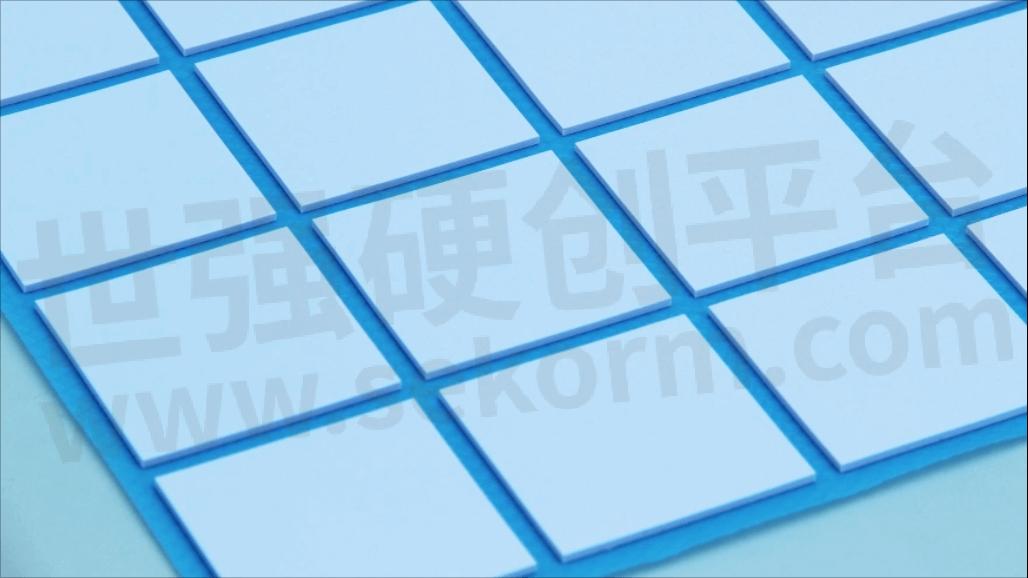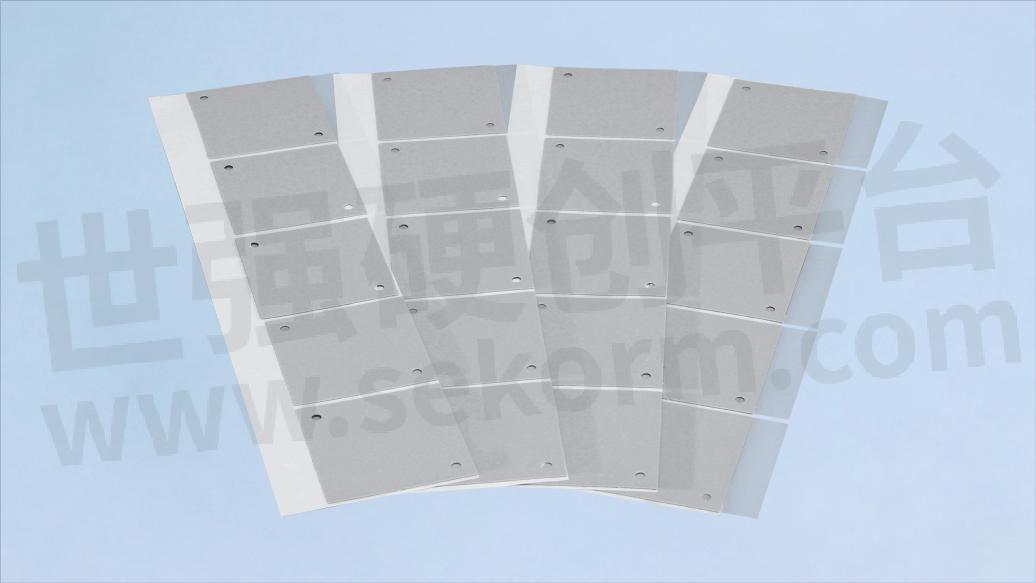How to Choose from Silicone Thermal Pad and Phase Change Thermal Pad?

In the fields of electronic product manufacturing and the automotive industry, thermal management solutions are crucial for the performance and longevity of devices. The choice of thermal conductive materials directly affects the efficiency of heat dissipation. This article compares two commonly used thermal conductive materials: silicone thermal pads and phase change thermal pads.
Silicone Thermal Pads (SF Series)
Silicone thermal pads are soft materials made of silicone infused with thermal conductive fillers. Their thermal conductivity ranges from 1.0 to 15.0 W/m·K, with thicknesses ranging from 0.3 to 10.0mm. These materials have excellent flexibility and rebound properties, providing effective shock absorption and support. The pads are self-adhesive, making them easy to install and rework, and can be customized for color, hardness, silicone oil migration, and siloxane volatility according to customer requirements. They are primarily used in chips, capacitors, memory modules, and control boards.

Phase Change Thermal Pads (SP Series)
Phase change thermal pads are designed to change their state within a specific temperature range (45~55℃). Their thermal conductivity ranges from 1.8 to 8.0 W/m·K, with thicknesses ranging from 0.13 to 0.5mm. In their solid state at room temperature, these materials soften and become fluid when the temperature rises to the phase change point, filling interface gaps and achieving optimal thermal performance. These materials can be supported with PI film or aluminum foil to enhance electrical insulation and mechanical strength, and are mainly used in thin-gap applications such as UPS uninterrupted power supplies, CPUs, and GPUs.

Comparison of Advantages and Disadvantages
Thermal Performance: Silicone thermal pads have a wide range of thermal conductivity suitable for various heat dissipation needs. Phase change thermal pads provide extremely low thermal resistance after phase change, suitable for efficient heat dissipation and better wetting performance under heatsink pressure.
Ease of Installation and Cleanliness: Silicone thermal pads are self-adhesive, easy to install, and rework. They also provide some rebound, offering support. Phase change thermal pads, lacking elasticity, require constant pressure during use to ensure full contact with the thermal interface. When melted at phase change temperature, they offer better wetting performance and smaller minimum bond than silicone thermal pads. Unlike thermal grease, they are more resistant to pump out and maintain the cleanliness of electronic devices.
Applications: Silicone thermal pads are widely used in various electronic components, while phase change thermal pads are more similar to thermal grease in applications, suitable for high-heat, thin-gap scenarios such as CPUs and GPUs. Phase change thermal pads remain solid at room temperature, making them easier for manual handling and maintaining device cleanliness.
Cost Considerations: Price is a significant factor when selecting thermal interface materials. For materials less than 1mm thick, silicone thermal pads are generally more cost-effective. However, phase change thermal pads, although slightly more expensive, offer higher thermal efficiency in specific applications.
Conclusion
When choosing thermal conductive materials, it is essential to consider the specific application and requirements. Silicone thermal pads, with their cost advantage and convenience, are suitable for most general heat dissipation needs. On the other hand, phase change thermal pads excel in efficient heat dissipation and thin-gap applications, providing better wetting performance and resistance to pump out compared to thermal grease. Choosing the right thermal conductive material can significantly enhance the performance and lifespan of the equipment.
- +1 Like
- Add to Favorites
Recommend
- Sheen SF series Thermal Silicone Pad: Heat Dissipation Solution for DC Equipment MOS Shielding Cover
- How to Choose Thermal Silicone Pad? Sheen Helps You Solve the Selection Problem
- Sheen‘s Thermal Silicone Adhesive Film Is Installed Using 7 Steps
- How Thin Is The Thermal Conductive Silicone Pad
- Selection of Thermally Conductive Silicone Pad
- Is the Poor Performance of the Radiator a Problem with the Thermal Material?
- What Does the Thermal Resistance of Thermal Conductive Materials Affect?
- Application of Thermal Conductive Materials in Charging Piles
This document is provided by Sekorm Platform for VIP exclusive service. The copyright is owned by Sekorm. Without authorization, any medias, websites or individual are not allowed to reprint. When authorizing the reprint, the link of www.sekorm.com must be indicated.






























































































































































































































































































































































































































































































































































































































































































































































































































































































